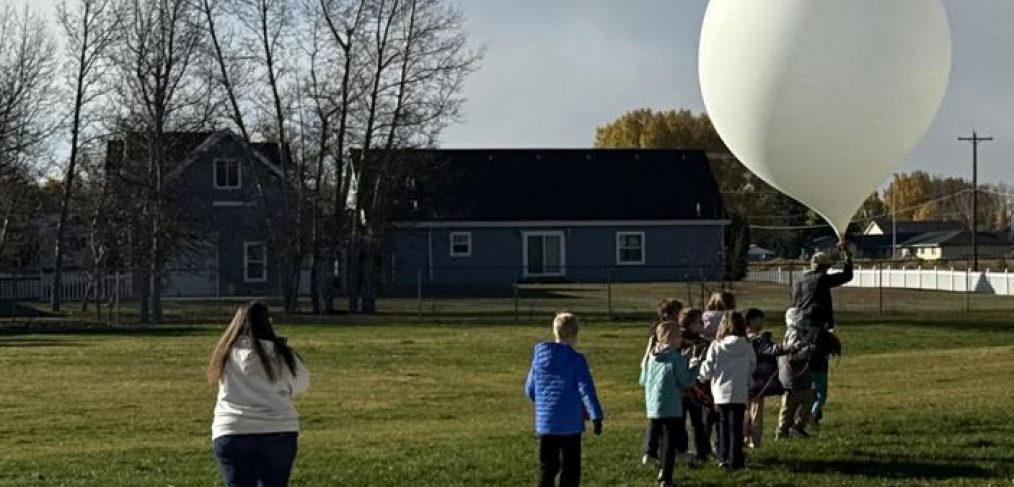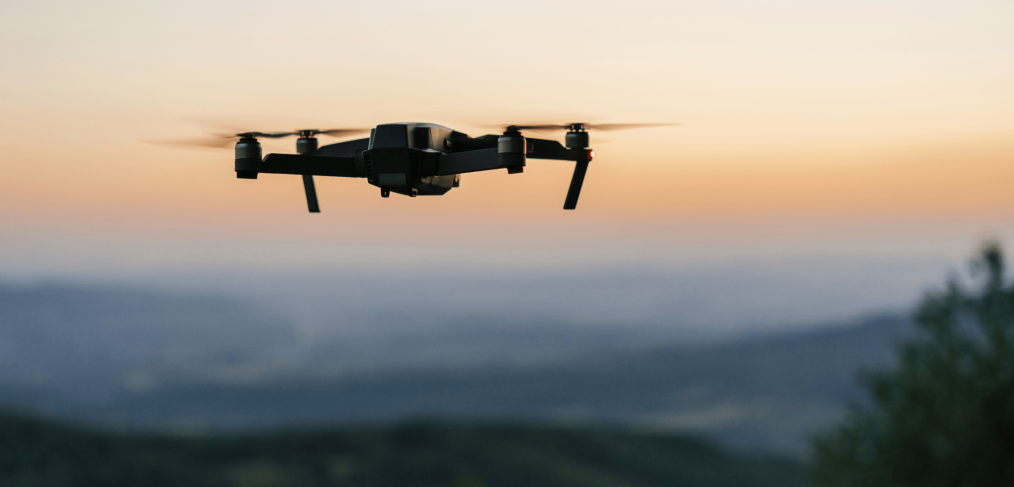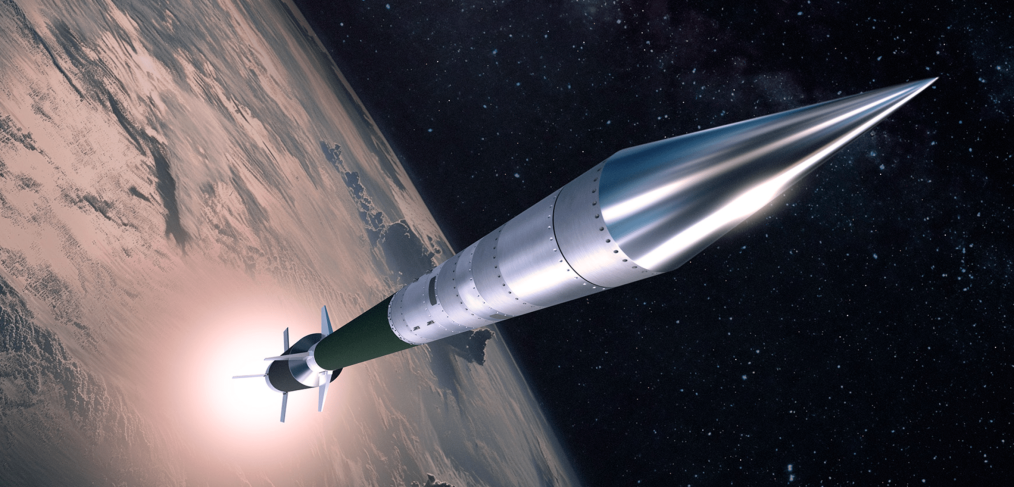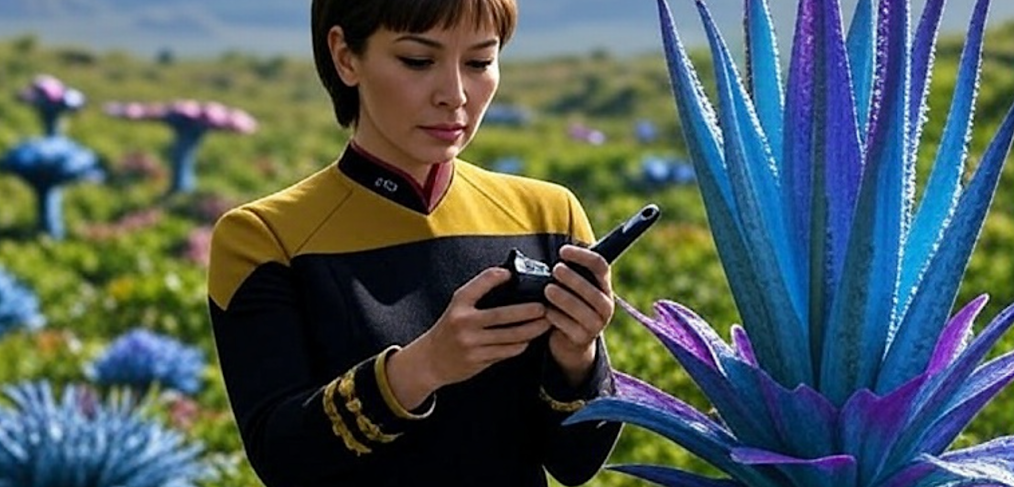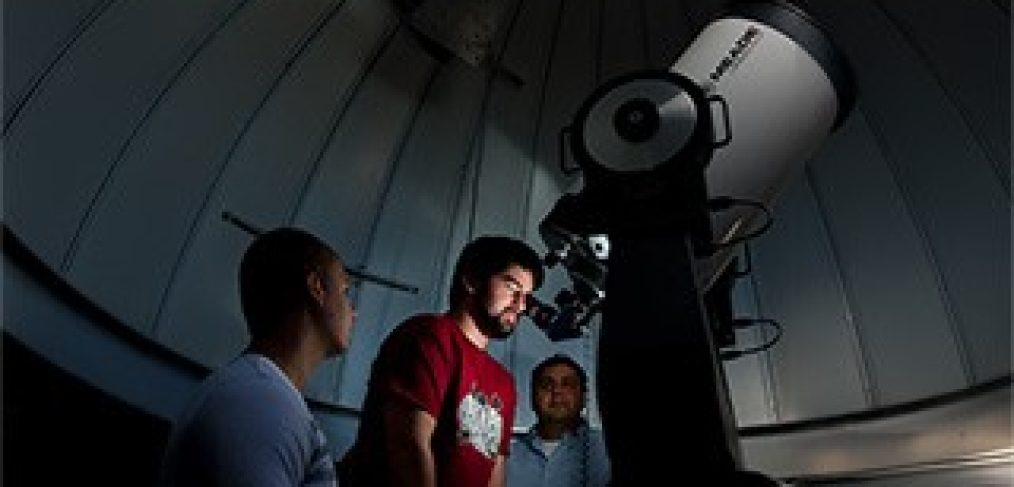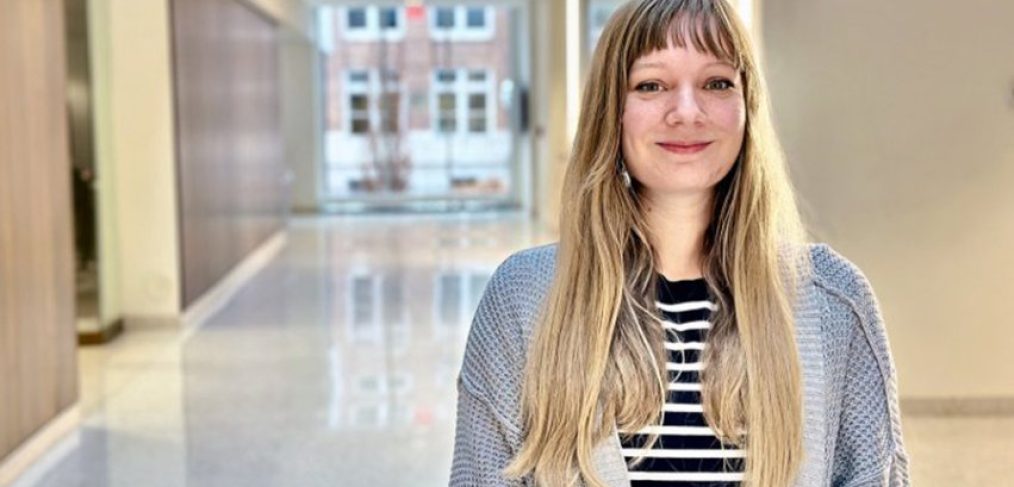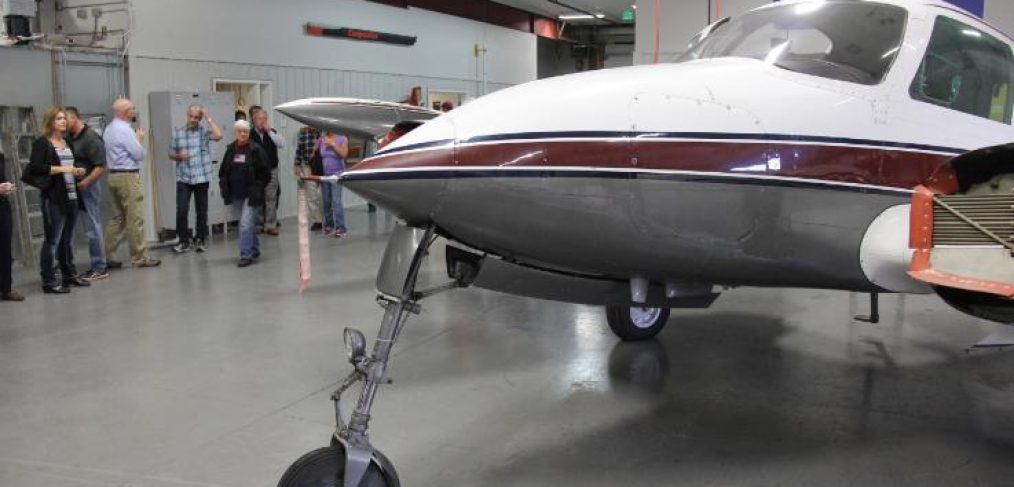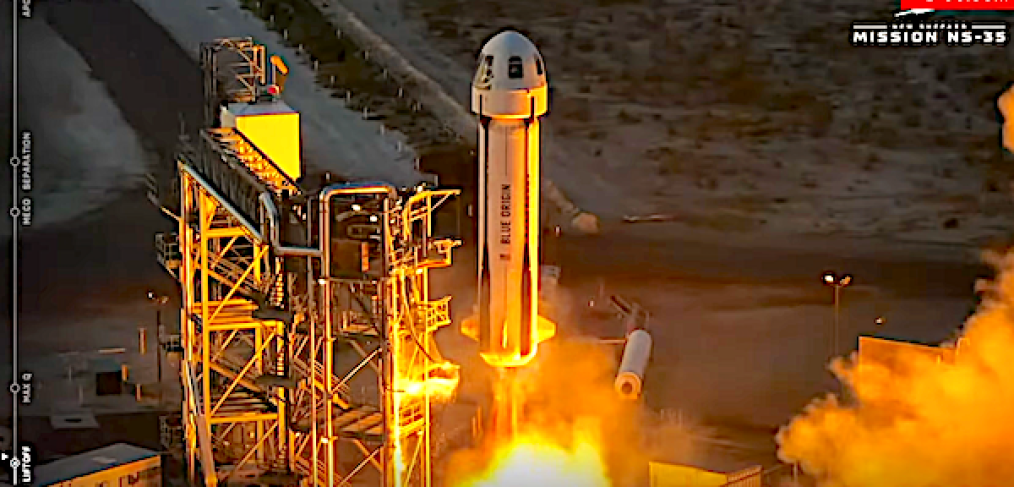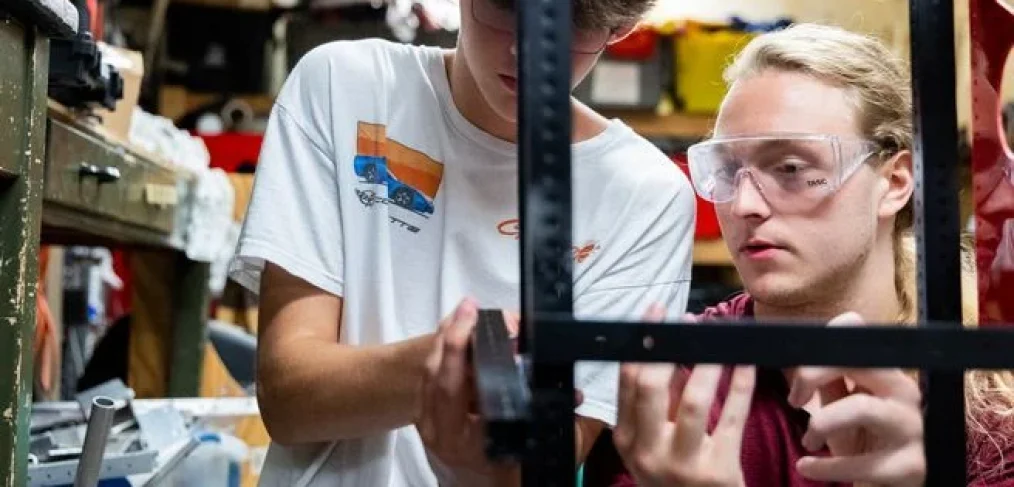Sioux City – Morningside University is proud to announce it has been awarded a $10,000 Iowa Space Grant Consortium (ISGC) Academic Project Grant to support its innovative project, EYES: Eye-tracking for Youth Engagement and Safety. This initiative will use advanced eye-tracking technology to better understand how students process critical information in aviation training environments, with the ultimate goal of improving instruction, performance, and safety.
Led by Harley L. Waters, Assistant Professor in the Department of Agriculture and Aviation at Morningside, the EYES project will combine wearable eye-tracking devices with workload assessments to investigate the relationship between cognitive fatigue, stress, and performance in aviation students. By analyzing gaze behavior and attention management during simulated flight, the research team aims to identify patterns that contribute to both effective and ineffective performance.
“We are excited to bring eye-tracking technology into aviation research and education at Morningside,” said Waters. “This project gives our students the opportunity not only to participate in the research but also to actively help conduct it—developing skills in data collection, analysis, and human factors methods that directly prepare them for careers in aerospace and STEM.”
Read the full article on morningside.edu
Original Post Date: 10.8.25
Author Credit: Morningside University



